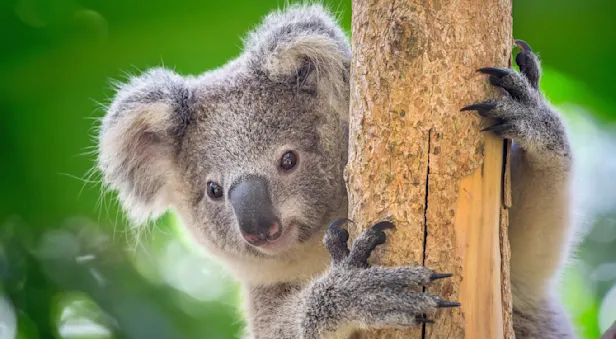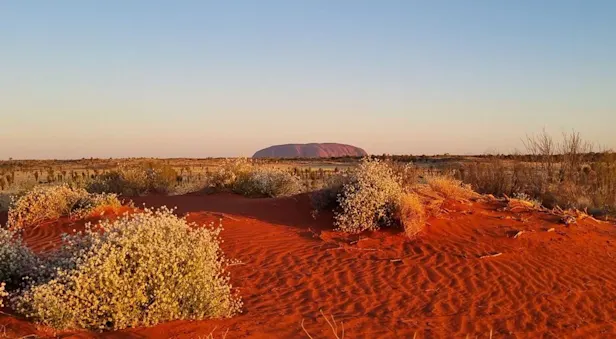
Know Before You Go


Fur Seal Facts | Australia South Wildlife Guide
Fur seals include any of several eared seals of the family Otariidae. Though their dense undercoat of fur sets them apart, they are closely related to sea lions, sharing with them long and powerful foreflippers and the ability to walk on all fours.
These seals are nocturnal and highly pelagic (live in the open ocean); adults spend about 70 percent of their time at sea. In the summer they typically gather in large rookeries at sandy beaches or rocky outcrops to breed and give birth. A male’s ability to mate depends on several factors: body size, fighting ability, size and location of the chosen breeding territory and of course, social aptitude. For an average of 46 days, males fast while they guard their territory, losing 32 percent of their body mass.
There are eight species of southern fur seals, found primarily in the Southern Hemisphere; all are smaller than their northern relative. Southern fur seals are gray to brown or black in color with chestnut-colored underfur. By the late 1970s, about 14,000 South American fur seals were harvested annually. The once-numerous New Zealand fur seal, Galapagos fur seal and the Juan Fernandez fur seal, were hunted to near-extinction. The Australian fur seal, heavily hunted in the 1800s, is now fully protected, although it is occasionally hunted in South Africa. During the British colonization of New Zealand, commercial sealing industries were established, reducing the species’ population by more than 90 percent. In 1894, the country granted New Zealand fur seals full protection.
Globally, some populations of fur seals are still illegally harvested; however, these marine mammals aren’t seriously threatened by commercial trade anymore. Emerging threats include entanglement in marine debris and lost or abandoned fishing gear; prey depletion from industrial fishing practices, as well as from marine heatwaves and ocean acidification; rising sea levels, which decrease access to terrestrial rookery and haulout sites; and warming waters, which increase harmful algal blooms, posing serious threats to both wildlife and humans.
Join These Australia Trips

Australia South: Tasmania, Kangaroo Island & the Great Ocean Road
Discover the diverse landscapes and ecology of far-south Australia as we explore four national parks and a host of private nature reserves teeming with endemic and endangered wildlife.


Australia North: Kakadu, Kimberley & the Outback
Journey to the back of beyond on this singular itinerary that connects three of Australia’s most remote tracts of untouched wilderness via private chartered flights—plus a luxury train trip on The Ghan.































